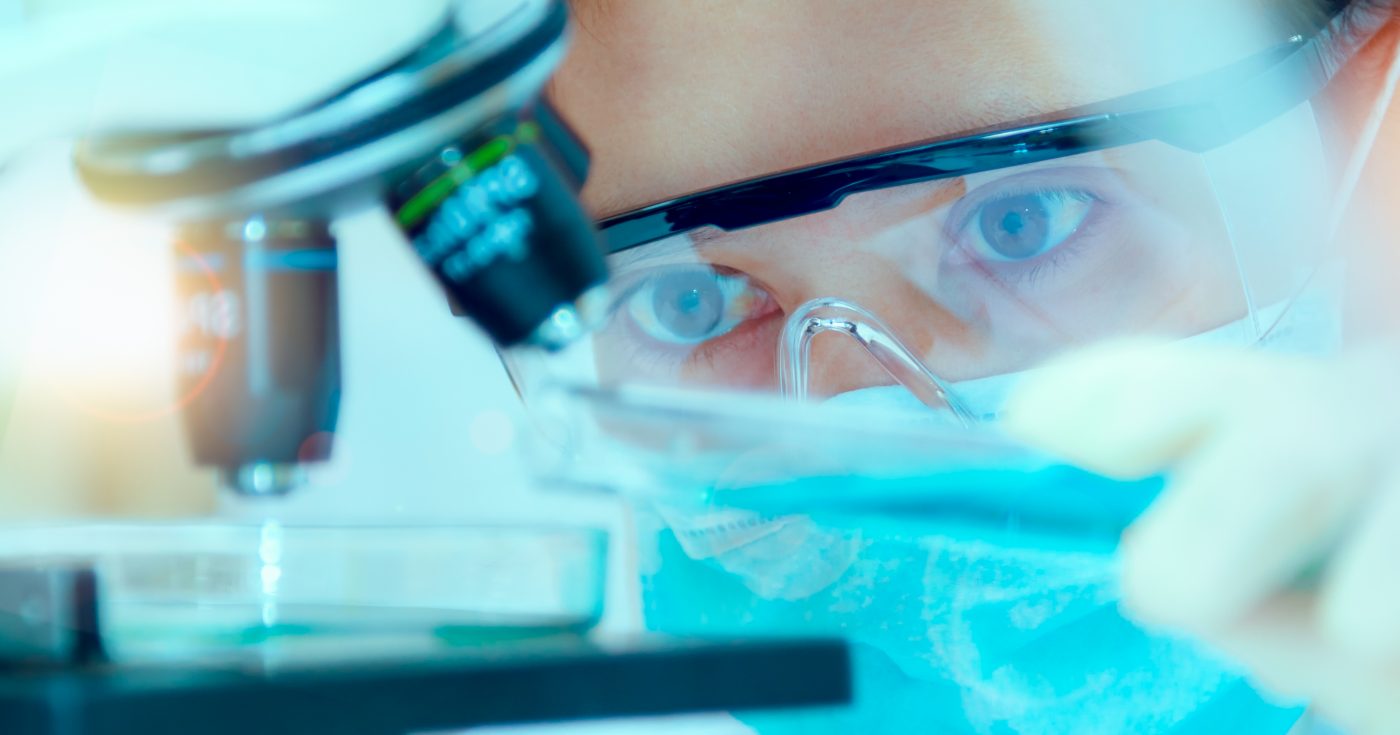Stem Cell Transplants Could Significantly Improve Parkinson’s Treatment, Study Suggests

Cell replacement therapies in which dopamine-producing stem cells are transplanted into Parkinson’s disease patients could improve motor symptoms, reducing or eliminating the need for dopaminergic medicines, a study suggests.
The study, “Repairing the Brain: Cell Replacement Using Stem Cell-Based Technologies,” was published in the Journal of Parkinson’s Disease.
Current available treatments to treat Parkinson’s focus on increasing dopamine levels in the brain, which alleviates motor symptoms. However, these treatments’ efficiency declines over time, and they are associated with various side effects.
“We are in desperate need of a better way of helping people with [Parkinson’s disease]. It is on the increase worldwide. There is still no cure, and medications only go part way to fully treat incoordination and movement problems,” Claire Henchcliffe MD, PhD, and Malin Parmar, PhD, co-authors of the study, said in a press release.
A possible long-term treatment for Parkinson’s is transplanting dopamine-producing stem cells into patients’ brains.
Want to learn more about the latest research in Parkinson’s Disease? Ask your questions in our research forum.
“If successful, using stem cells as a source of transplantable dopamine-producing nerve cells could revolutionize care of the [Parkinson’s disease] patient in the future. A single surgery could potentially provide a transplant that would last throughout a patient’s lifespan, reducing or altogether avoiding the need for dopamine-based medications,” Henchcliffe and Parmar said.
Previous transplantation studies in Parkinson’s disease used brain cells from aborted embryos. This approach could lead to long-term relief of motor symptoms and can reduce or even stop the need for medication.
However, there are some ethical and scientific issues related to this procedure, including the fact that fetal cells are scarce, their characteristics vary significantly, and some patients can develop side effects, such as dyskinesias (uncontrollable movements).
Using stem cells made in the lab for transplants would allow the production of enough cells to cover the current demand, ensure the number and type of transplanted cells are always the same, that they produce the desired amounts of dopamine, and that the risk rejection is low.
Two possible sources of cells could be used to perform the transplants: embryonic stem cell lines and induced pluripotent stem cells (iPSCs) — cells extracted from a patient’s blood or skin that are treated to become almost any type of cell in the body.
“With several research groups, including our own centers, quickly moving towards testing of stem cell therapies for PD, there is not only a drive to improve what is possible for our patients, but also a realization that our best chance is harmonizing efforts across groups,” said Henchcliffe, who is a neurologist at Weill Cornell Medicine and Memorial Sloan Kettering Cancer Center in New York.
Several initiatives, both academic and in the industry, are moving toward testing stem cell therapies to treat Parkinson’s. The first clinical transplantation trials using pluripotent stem cells as donor tissue began in Japan last year.
“There is a long road ahead in demonstrating how well stem cell-based reparative therapies will work, and much to understand about what, where, and how to deliver the cells, and to whom. But the massive strides in technology over recent years make it tempting to speculate that cell replacement may play an increasing role in alleviating at least the motor symptoms, if not others, in the decades to come,” said Parmar, a professor at the Wallenberg Neuroscience Center and Lund Stem Cell Center at Lund University in Sweden.
New types of transplants focusing on non-motor symptoms could be developed if the initial trials with dopamine-producing cells are successful.
“This approach to brain repair in [Parkinson’s disease] definitely has major potential, and the coming two decades might also see even greater advances in stem cell engineering with stem cells that are tailor-made for specific patients or patient groups,” said Patrik Brundin, MD, PhD, and J. William Langston, MD, editors-in-chief of the Journal of Parkinson’s Disease. “At the same time, there are several biological, practical, and commercial hurdles that need circumventing for this to become a routine therapy.”






